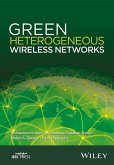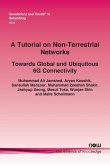
Broschiertes Buch
Towards Global and Ubiquitous 6g Connectivity
12. Februar 2025
Now Publishers
Ähnliche Artikel
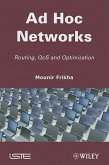
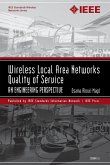
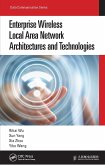
Gebundenes Buch
3. Mai 2021
CRC Press
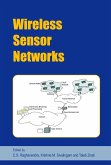
Broschiertes Buch
2004. 3rd Printing 2006 edition
1. September 2006
Springer / Springer US / Springer, Berlin
978-0-387-35269-5
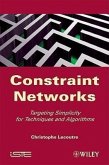
Gebundenes Buch
Targeting Simplicity for Techniques and Algorithms
1. September 2009
Wiley
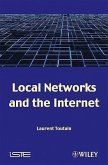
Gebundenes Buch
From Protocols to Interconnection
15. Februar 2011
Wiley
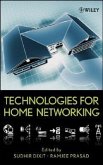
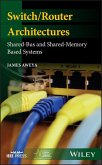
Gebundenes Buch
Shared-Bus and Shared-Memory Based Systems
6. Juni 2018
Wiley
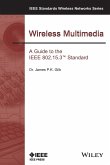
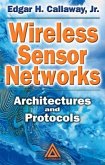
Ähnlichkeitssuche: Fact®Finder von OMIKRON

